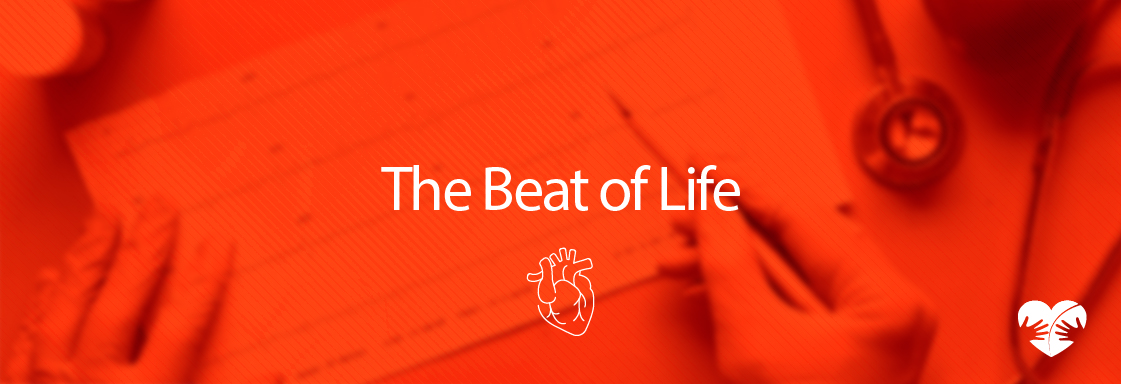The heart is one of the most active muscles in the human body and is considered one of, if not the most vital organ. The heart’s job is to pump blood throughout the body, sending oxygen and nutrients to other organs. Additionally, the heart gets rid of carbon dioxide and waste products not needed by the body. However, sometimes the heart does not work correctly, and this can be due to congenital heart defects.
Congenital heart defects are diagnosed when abnormal development of the heart or corresponding blood vessels is noted. A congenital heart defect is typically diagnosed at birth or in the first few months of life and occurs in more than one million newborns yearly.
Some of the most common signs and symptoms include:
- Pale gray or blue lips, tongue, or fingernails (cyanosis)
- Rapid breathing
- Swelling in the legs, belly or areas around the eyes.
- Shortness of breath during feedings
- Significantly irritable/fussy
- Lack of energy
- Poor feeding
A congenital heart defect is a broad term; treatment is determined by the specific type of heart defect and its severity. With individual therapy, children can still live long and productive lives.

